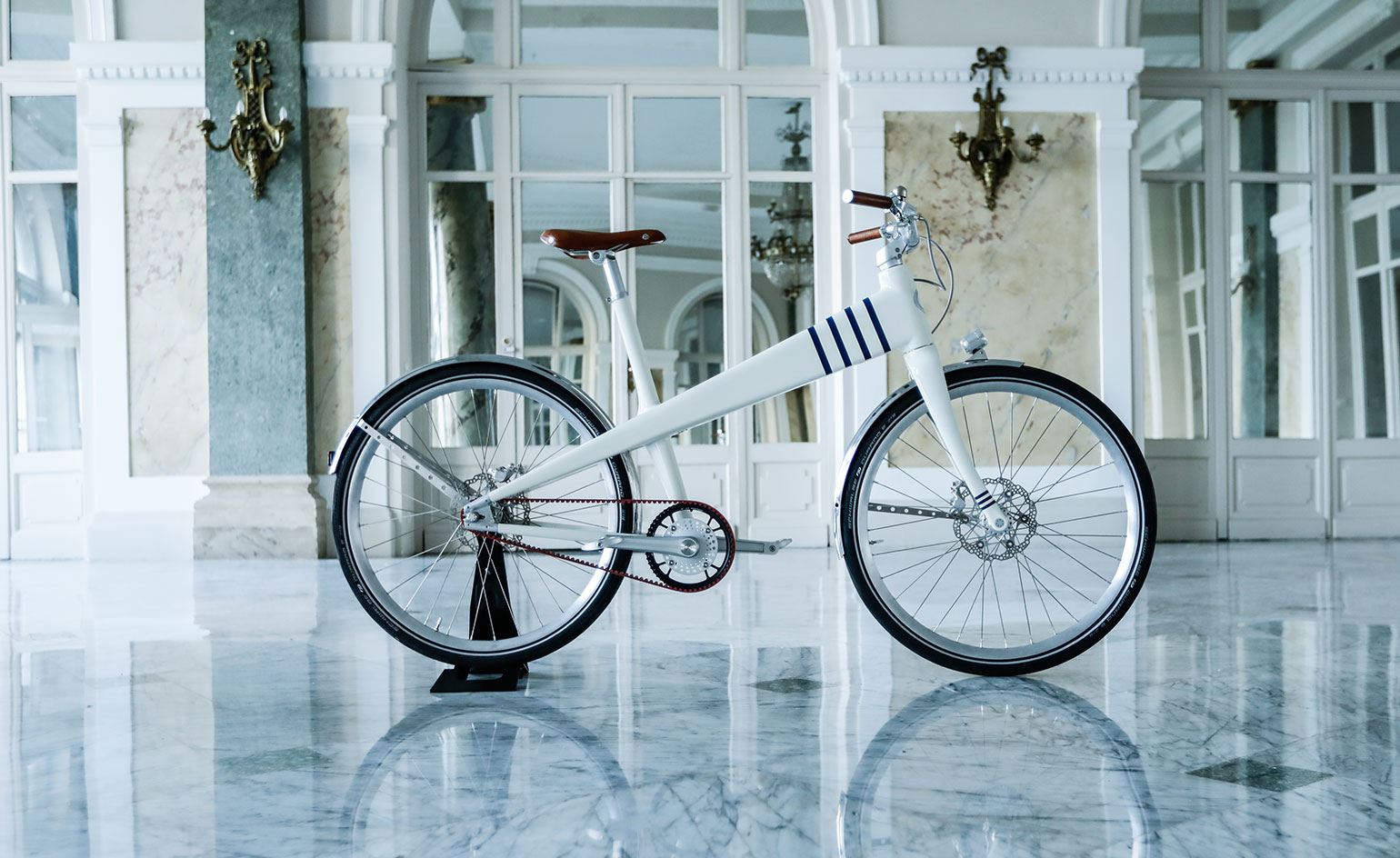Velo Club Monterey (VCM) Electric Bike (E-Bike) Guidelines
Introduction
While similar in size and form to more traditional bicycles, E-bikes incorporate battery-powered motors that provide assistance in propelling the bike. E-Bikes are controlled either via pedaling intensity, or by a hand-controlled throttle mechanism.
E-bikes are a rapidly growing segment of the biking community with the potential to expand bike riding to new audiences, and to keep more people riding bikes throughout their lives. VCM’s purpose is to champion bicycling activities and opportunities with a goal to encourage and promote social activities for cyclists. As such, VCM supports the growth of E-Bikes and encourages their integration into VCM supported rides, as appropriate.
The VCM Board also believes that it is in the best interest of all members to establish guidelines specific to E-Bikes to minimize the potential risks that could affect the safety of all participating riders.
As VCM becomes more experienced with E-Bikes, their operation, and their integration in group rides, the Board welcomes suggestions from members regarding these guidelines.
E-Bike Definitions
California, and more than 30 other states, have adopted a standardized regulation regime recognizing three categories of E-Bikes as follows:
Class 1: E-Bikes that are pedal-assist only, with no throttle, and have a maximum assisted speed of 20 mph.
Class 2: E-Bikes that also have a maximum speed of 20 mph, but use a hand-activated throttle.
Class 3: E-Bikes that are pedal-assist only (no throttle) with a maximum assisted speed of 28 mph.
Power for all three classes is limited to 1 horsepower (750W). Class 1 and 2 E-Bikes may travel on dedicated bike paths or bike lanes along roadways. Because Class 3 bikes are capable of traveling at 28 mph, they are prohibited from using dedicated bike paths.
E-Bike Guidelines
- E-Bike riders should observe and follow all VCM rules and policies governing ride safety and etiquette, and should obey all traffic laws. E-Bike riders, as well as all riders, should review the pre-ride checklist on the VCM Group Riding Tips page and ensure they have all necessary equipment, tools, and supplies.
- E-Bikes participating in group rides should be pedal-assisted (the bike does not move without pedaling). VCM strongly discourages using a throttle controlled (Class 2) E-bike on a group ride. Acceleration, braking, and pacing characteristics for throttle-controlled E-bikes differ significantly from pedaled bikes and therefore pose a significant safety risk to all riders in a group.
- While E-Bike riders that participate in group rides are responsible for knowing and following rules and etiquette, seasoned riders in the group should speak with any new riders to ensure they understand these parameters. During a ride, if an E-Bike rider, or any rider, is compromising the safety of others, a seasoned rider should make that person aware of what they are doing incorrectly, and, if appropriate, request the E-Bike rider maintain a position at the back of the group to ensure the safety of others.
- On group rides with a pace of 20 mph or less, E-Bike riders may ride anywhere within the group and rotate through the paceline along with all other riders. However, when assuming the front position on a paceline, E-bike riders should not accelerate the pace of the group. They should maintain the established pace, or safely reduce it as needed to avoid hazards.
- On rides with speeds exceeding 20 mph, E-Bike riders should recognize and respect that there is a critical correlation of ride speed, rider experience, and rider skill that affects the safety of all riders in the group. More directly, most riders that possess the physical stamina to ride at high speeds also have acquired a high level of riding skill over many years. These skills are essential to maintaining the safety of riders at high speed. E-Bike riders should only participate in group rides where the established pace is equal to or slower than rides on which they have demonstrated experience, preferably experience developed on a conventional bike.
E-Bike Etiquette

